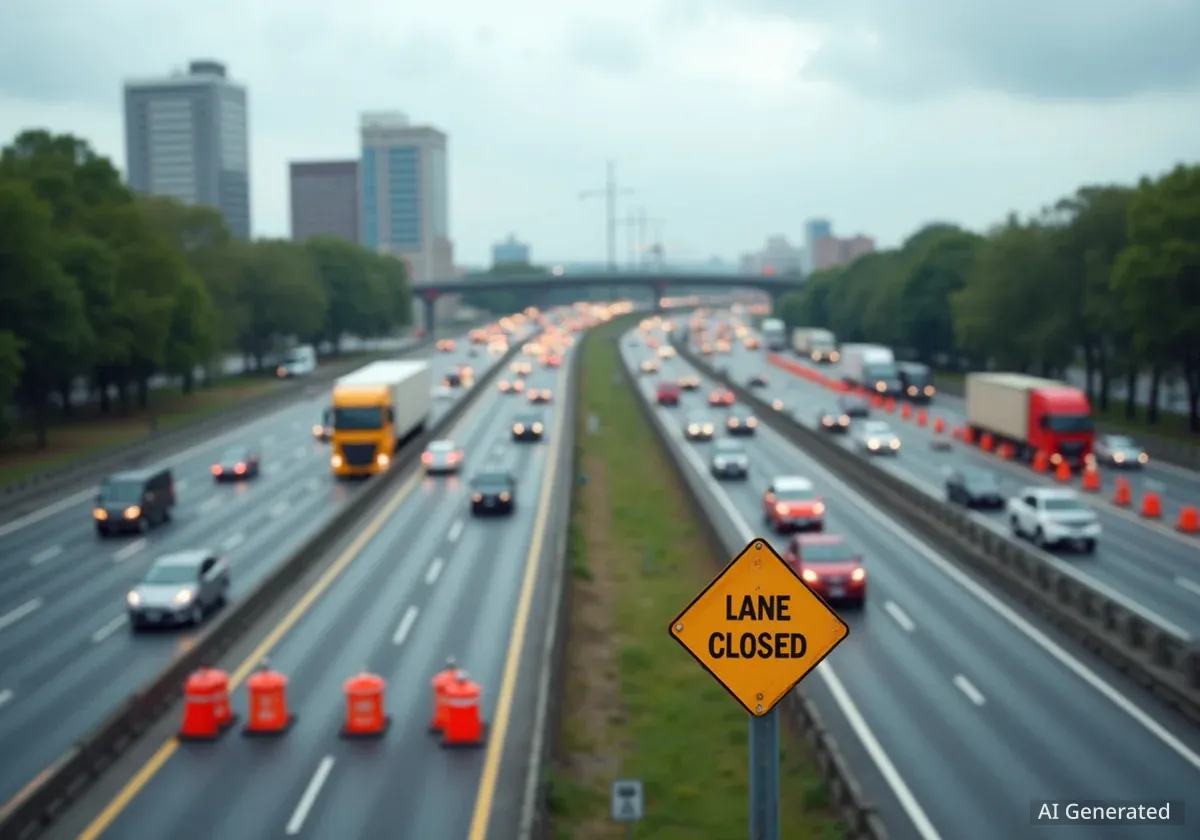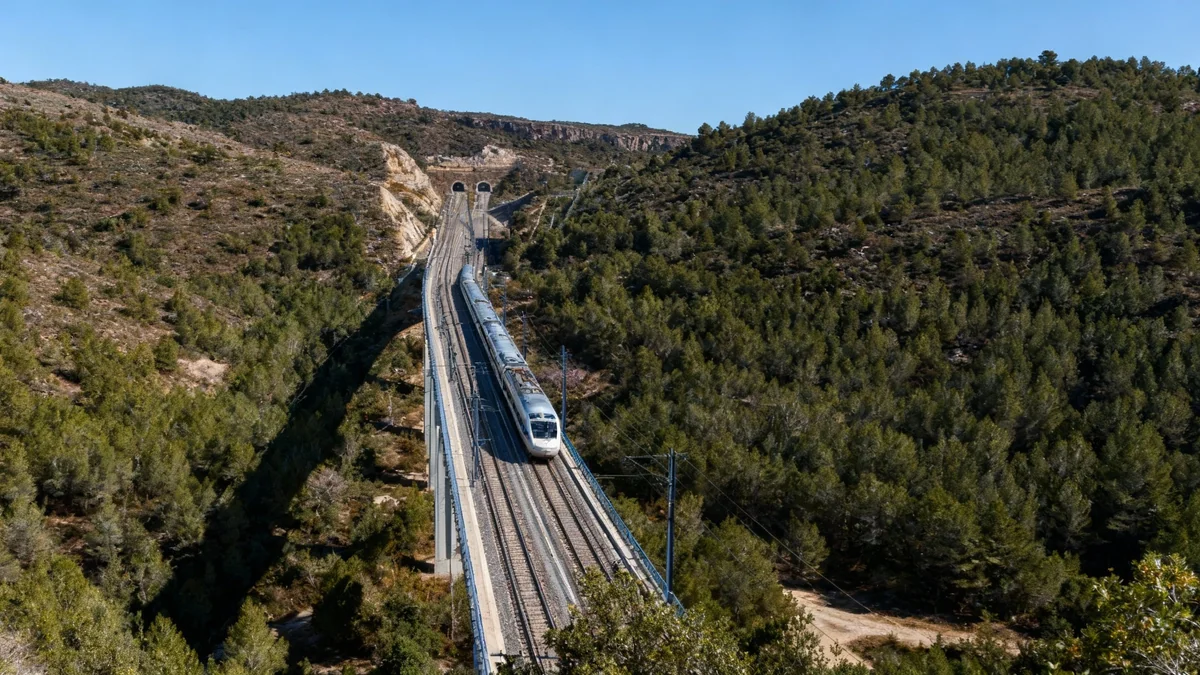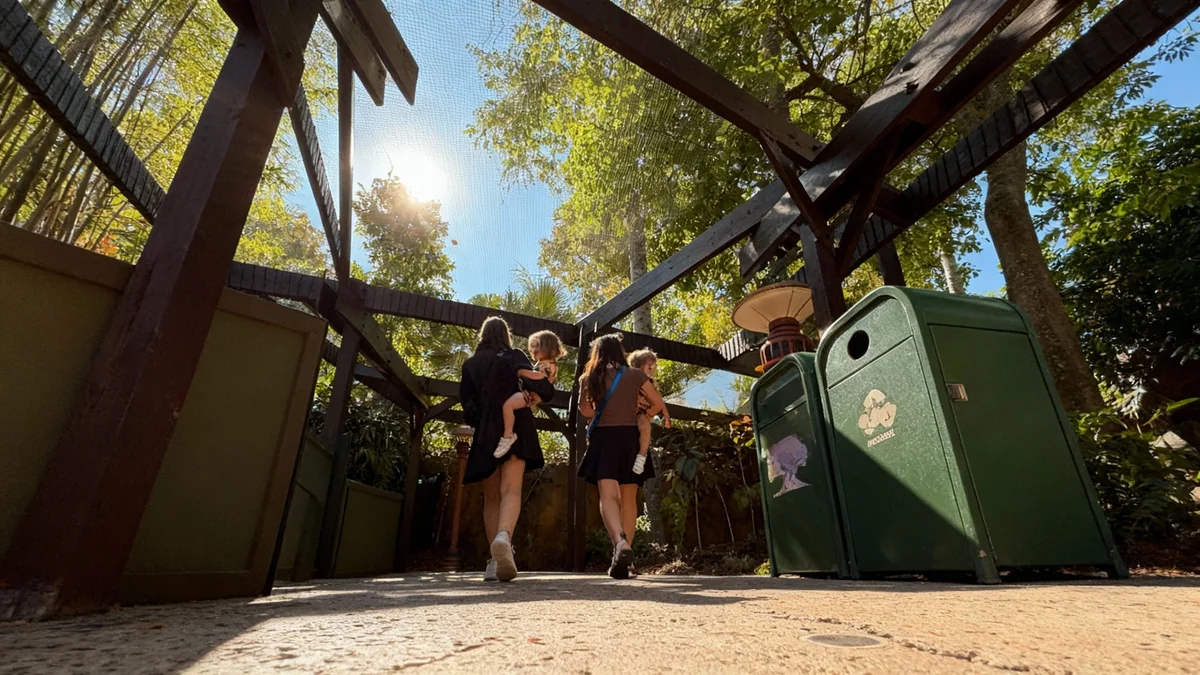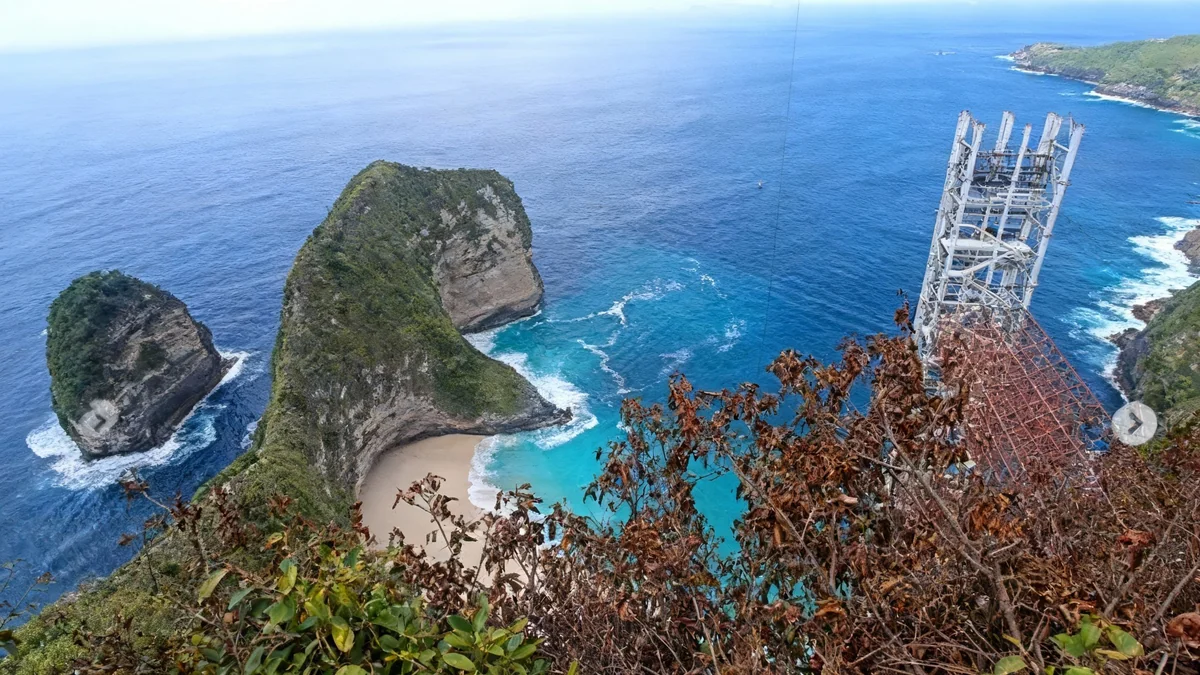The Wisconsin Department of Transportation (WisDOT) has announced a series of significant, multi-day road closures affecting the Hale Interchange in Milwaukee County. These disruptions are a key part of a long-term infrastructure improvement project on Interstates 41, 43, and 894, which is scheduled for completion in late 2026.
Drivers in the region should prepare for full directional closures and detours, particularly on weekends, as construction crews undertake major paving and system upgrades. The project aims to modernize one of the state's busiest interchanges, improve traffic flow, and enhance safety for tens of thousands of daily commuters.
Key Takeaways
- A major construction project on the Hale Interchange will cause recurring road closures until late 2026.
- Full directional closures, often lasting 54 hours over a weekend, are planned for major work like paving.
- Affected routes include I-41/894, with ramp closures also impacting the nearby Zoo Interchange.
- WisDOT has established official detour routes and advises drivers to plan for significant travel delays.
The Hale Interchange Modernization Project
The ongoing construction is part of a comprehensive system improvement project focused on the I-41/I-43/I-894 corridor. The primary work zone extends from Lincoln Avenue to 84th Street, encompassing the critical Hale Interchange. According to WisDOT, this multi-year effort is designed to address aging infrastructure and improve operational efficiency.
The Hale Interchange is a vital connection point for traffic moving through the Milwaukee metropolitan area. The project's goals include replacing old pavement, reconfiguring ramps for safer merging, and upgrading the overall roadway to handle current and future traffic volumes. Work on various segments of the interchange has been active since early September.
Project Background
The Hale Interchange was originally constructed decades ago and was designed for lower traffic capacity. The current project is a strategic investment to ensure the interchange can safely and efficiently serve the region for years to come. The work is being conducted in phases to minimize daily disruption where possible, but full closures are required for certain large-scale tasks.
The entire project has a long-term timeline, with an estimated completion date set for late 2026. This means residents and commuters will need to remain aware of changing traffic patterns and closures for the next several years.
Understanding the 54-Hour Weekend Closures
To complete major tasks like full-width paving, WisDOT has scheduled intensive 54-hour closures, typically spanning from a Friday night to early Monday morning. These extended periods allow construction crews to work safely and efficiently across all lanes of traffic without interruption.
An example of these closures occurred recently, beginning at 11 p.m. on a Friday and concluding at 5:30 a.m. the following Monday. During that time, several key routes were completely shut down to traffic.
Specific Routes Affected
The closures are targeted and impact some of the busiest sections of the interchange system. During a typical full weekend closure, drivers can expect the following areas to be inaccessible:
- I-41/894 Southbound: The entire southbound direction between Greenfield Avenue and the Hale Interchange is closed.
- Zoo Interchange Ramps: The connecting ramps from both westbound and eastbound I-94 to southbound I-41/894 in the Zoo Interchange are also closed.
In addition to these full closures, single-lane closures often remain in effect on adjacent sections, such as the southbound left lane from Lincoln Avenue to the Hale Interchange. These lane restrictions can cause congestion even outside of the full closure hours.
Weather Dependency
WisDOT emphasizes that all scheduled construction work, especially paving, is highly dependent on weather conditions. In the event of heavy rain or other adverse weather, closures may be rescheduled or extended. Drivers are advised to check for the latest updates before traveling.
Official Detours and Travel Advice
To help drivers navigate the closures, WisDOT has established and clearly marked official detour routes. Motorists are strongly encouraged to use these designated routes to avoid getting lost on local roads and to help manage traffic flow.
Recommended Detour Routes
For drivers impacted by the southbound I-41/894 shutdown, two primary detours are recommended:
- For traffic on I-94: Drivers should exit I-94 to Highway 100 (also known as S. 108th Street). From there, they can travel south on Highway 100 to Layton Avenue to reconnect with the interstate system.
- For traffic on I-41 Southbound: Drivers should take the exit for Greenfield Avenue. From there, they can use Highway 100 and Layton Avenue to bypass the closed section of the interchange.
"All work is weather dependent and subject to change," notes the Wisconsin Department of Transportation, reminding the public to stay informed about the latest project schedules.
Travelers in the Milwaukee area should anticipate significant delays during these weekend closures. It is crucial to plan ahead, allow for extra travel time, and consider alternative routes if possible. Using real-time traffic applications and checking the WisDOT website for the latest closure information is highly recommended before starting any journey through this corridor.
Long-Term Impact and Project Goals
While the short-term disruptions are significant, the Hale Interchange improvement project is expected to deliver substantial long-term benefits. By modernizing this critical piece of infrastructure, WisDOT aims to reduce chronic congestion, improve safety by eliminating outdated ramp designs, and provide a smoother, more reliable travel experience for all users.
The project is a major undertaking that reflects the needs of a growing metropolitan region. As construction progresses toward the 2026 completion date, drivers can expect further announcements regarding phased closures and traffic shifts. Staying informed through official channels like the project website will be the best way to navigate the area effectively over the next few years.





